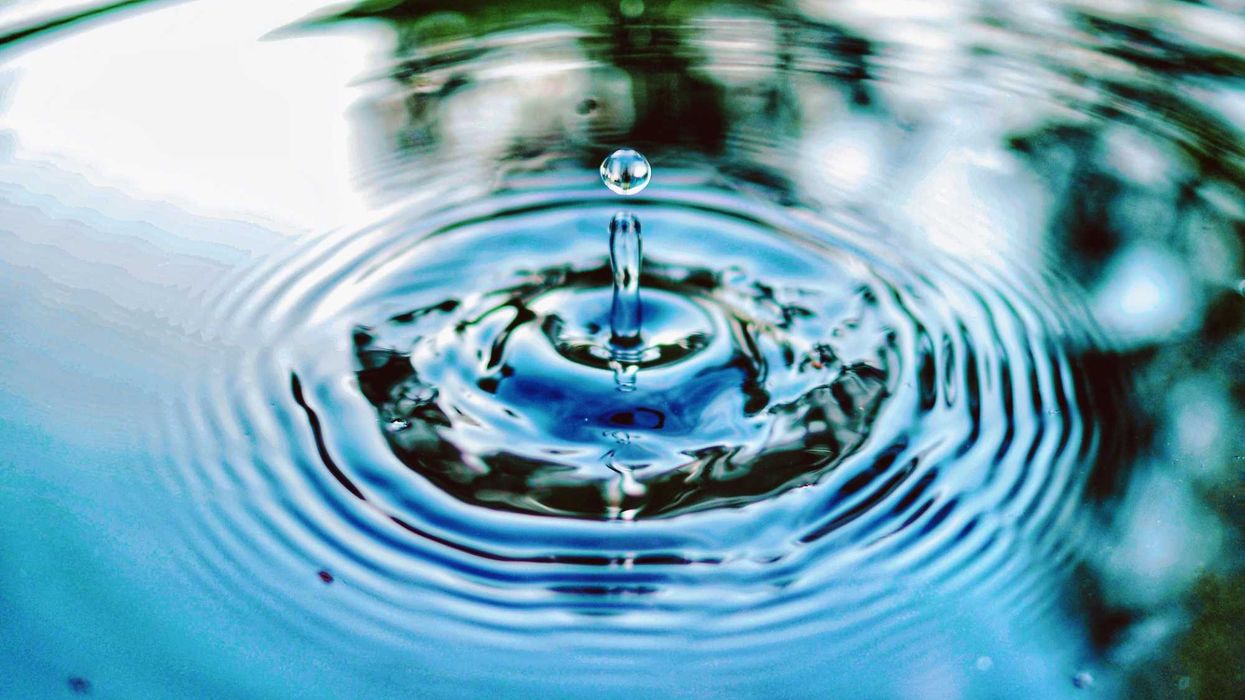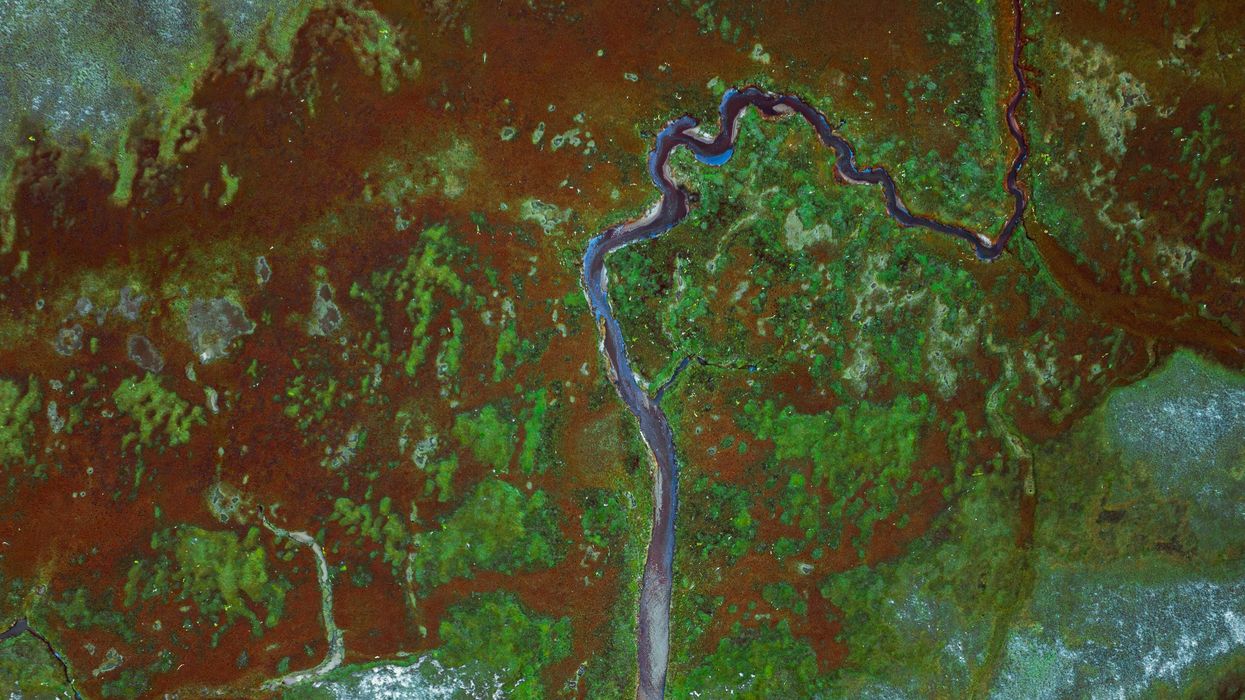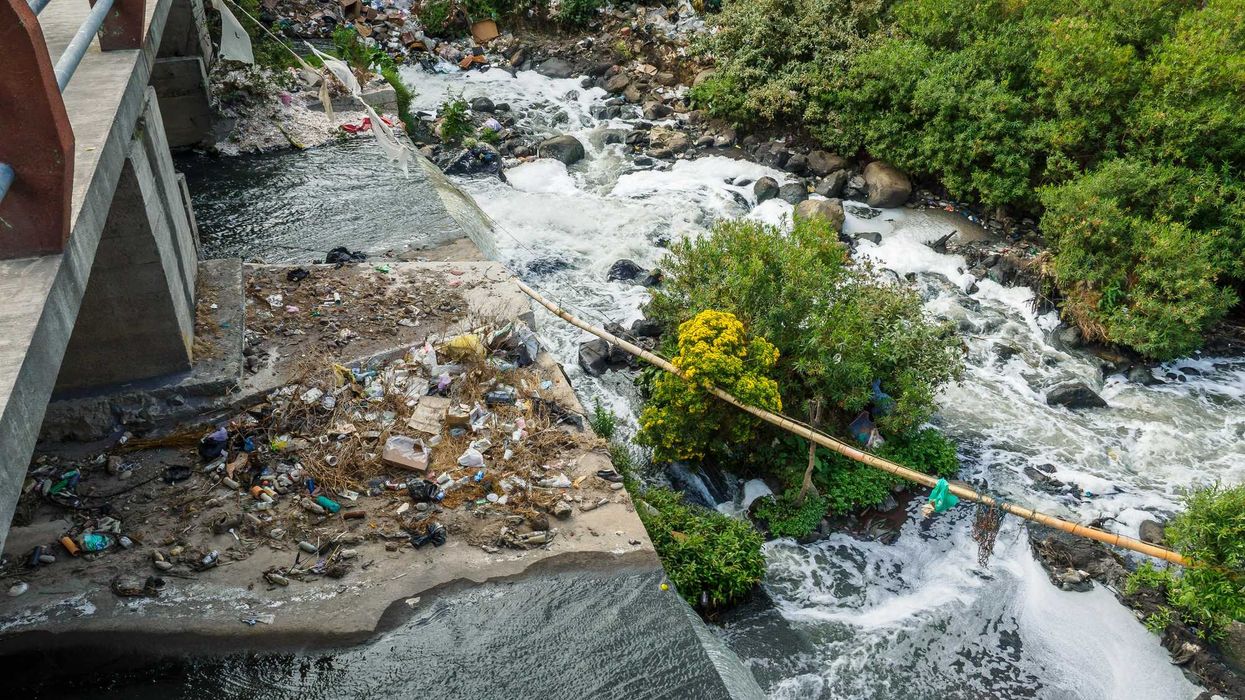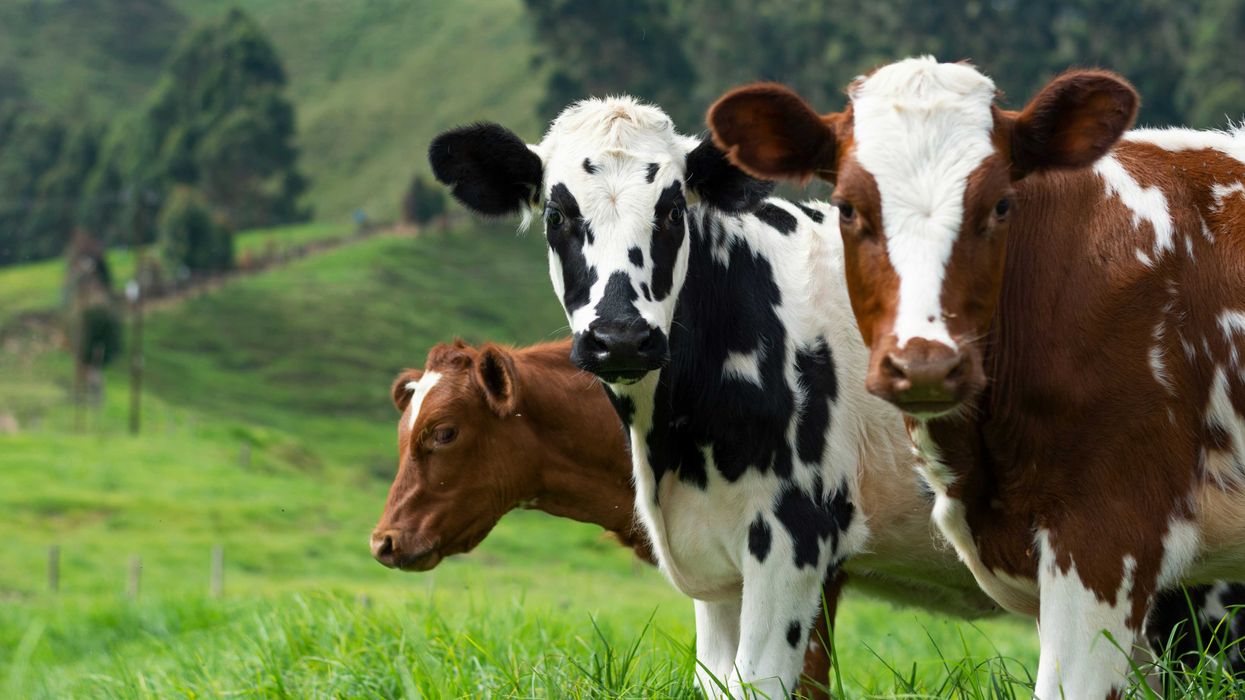Despite global efforts to limit PFAS use, levels of these toxic chemicals continue to rise in Arctic wildlife, particularly polar bears and seals, according to new research.
Douglas Main reports for The New Lede.
In short:
- The study, published in Science of the Total Environment, found increasing concentrations of PFAS, particularly PFOS and PFNA, in Arctic animals, despite the partial phase-out of these chemicals.
- PFAS are reaching the Arctic via atmospheric transport and water pollution, accumulating in animals through the food chain and posing health risks to species and Indigenous communities.
- The research highlights concerns about the long-range environmental impact of PFAS, which persist and spread far from their sources.
Key quote:
“There’s nothing in the Arctic that isn’t contaminated by PFAS.”
— Rainer Lohmann, University of Rhode Island.
Why this matters:
Rising PFAS levels in the Arctic threaten wildlife and Indigenous communities who rely on local food sources. The findings emphasize the need for global policies to address pollution that transcends borders.
Learn more: PFAS in household waste may be going airborne














